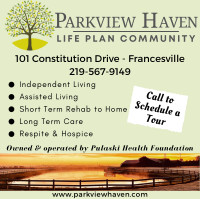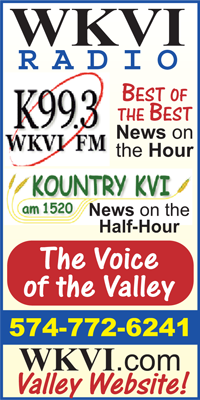The grant states: “Urban forestry consists of an organized program to plant, maintain and protect street trees, yard trees, park trees, forestlands and associated natural resources that exist in cities, town, neighborhoods, suburbs, and ex-urban area s. Urban areas are expanding and now cover 69 million acres nationwide. In order to plan for the urban forest, it is important to assess the trees, species, condition, and vacancy rate. This assessment is called a public tree inventory."
Indiana’s 2009 sample urban statewide inventory project found that the state has over 243 distinct species of street trees, with the most prevalent being the silver maple. The estimated benefit value of the Indiana urban forest overall is $79 million dollars. But, the state only has one tree for every six people. As urban woodlots and forest edges have been cleared to make room for development, the state has lost the value of these resources, plus the value of ecological services trees provide. Environmental health of cities and towns has also been hurt.
"We can change this by knowing what our urban forest resource is and what it does for us," said Fred Zahrt, an active worker with Greenspace Winamac. "This grant can help communities know their urban forest resource, plan for its management, and plant and maintain trees where they can do the most work.”
Some valuable facts were learned from the Winamac infventory projecdt, which will be used to guide Greenspace in its plans for the future:
The top varieties of trees are currently in the town’s tree lawn:
| Kind | Quantity | % of Total |
| Silver Maple | 236 | 14.55 |
| Sugar Maple | 177 | 10.91 |
| Norway Maple | 174 | 10.73 |
| Red Maple | 115 | 7.09 |
| Callery Pear | 91 | 5.61 |
| White Ash | 85 | 5.24 |
The street trees comprise 28 acres of canopy cover. They are an asset valued at nearly $2million ($1,934,624). The benefits of trees include energy savings, storm water reduction, air quality improvement, property value increase, CO2 reduction, and carbon sequestration.
Benefits for storm water include 2,528,527 gallons of water absorbed by the trees and not flowing into the system, at a savings of $68,528 annually.
Annually nearly one million pounds of CO2 is removed from the air and 8.3 million pounds of carbon stored.
Some of the benefits Winamac enjoys from the street trees:
| Total $ | $/Tree | $/capita | |
| Energy | 50,567 | 31.18 | 20.31 |
| CO 2 | 7,186 | 4.43 | 2.89 |
| Air Quality | 8,602 | 5.30 | 3.45 |
| Storm Water | 68,528 | 42.25 | 27.52 |
| TOTAL | 192,649 | 118.77 | 77.37 |
Greenspace still has 441 unplanted sites to fill, so the committee will continue planting into the future.
Jim Conner, president of Greenspace Winamac, recently filed the final inventoryreport to the DNR.
People wanting to volunteer to participate in Greenspace activities are encouraged to contact: Jim Conner at 946-3451 or Fred Zahrt at 946-6666.
The group will begin maintenance and watering of the newly planted trees for the rest of the summer.
Remember: DON’T TOP TREES !! and enjoy the trees and the benefits they provide.







